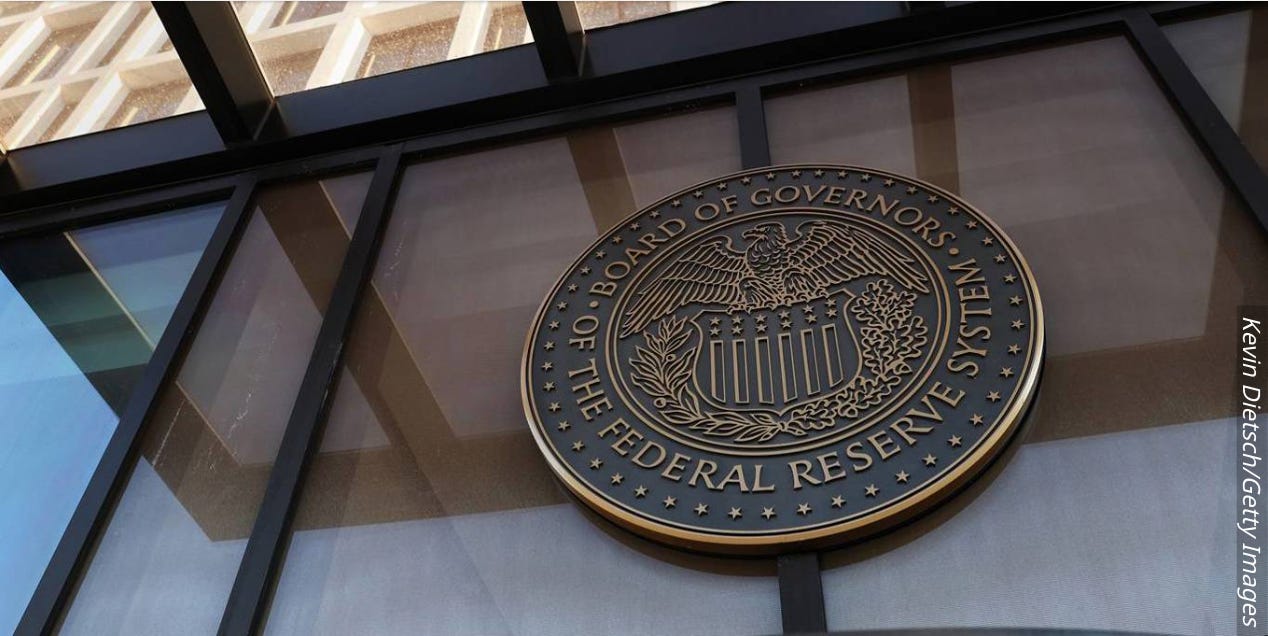PROJECT SYNDICATE: The Mystery of U.S. Interest Rates
My March 2024 Project Syndicate column on the state of the macroeconomy and of macroeconomic policy. tl;dr: Is the Fed too far out over its skies with high interest rates? Is the payroll survey misleading us? Or has the “neutral” interest rate indeed risen far and fast without any substantial warrant (at least that I can see)? I was fairly confident, six months ago, that it was the first. Now I am at sea…
Mar 14, 2024 J. BRADFORD DELONG
The near-consensus since the start of the pandemic has been that there are powerful fundamental factors keeping the neutral interest rate very low, and that there have been no major changes to those fundamentals. Why, then, is the long-term real safe interest rate so far above the neutral level?
BERKELEY – In the United States, the long-term real safe interest rate – the inflation-adjusted return on low-risk investments such as Treasuries – is, in addition to “financial conditions,” the key mechanism influencing both the incentive to build and the balance of net exports (owing to its effect on the exchange rate).
From early March to mid-May 2022, this metric jumped by more than one percentage point as the bond market realized that the US Federal Reserve would soon curtail its efforts to promote a speedy recovery in employment following the pandemic. Then, from late August to early October 2022, it jumped again, this time by an annualized 1.5 percentage points, as bond traders speculated that the Fed might have to tighten monetary policy to avert persistent inflation in an economy that had returned to full employment.
It was these two spikes that created the current interest-rate configuration. Rates today are far higher – around two percentage points – than the level anyone five years ago (before the pandemic) would have estimated the “neutral” rate to be.

